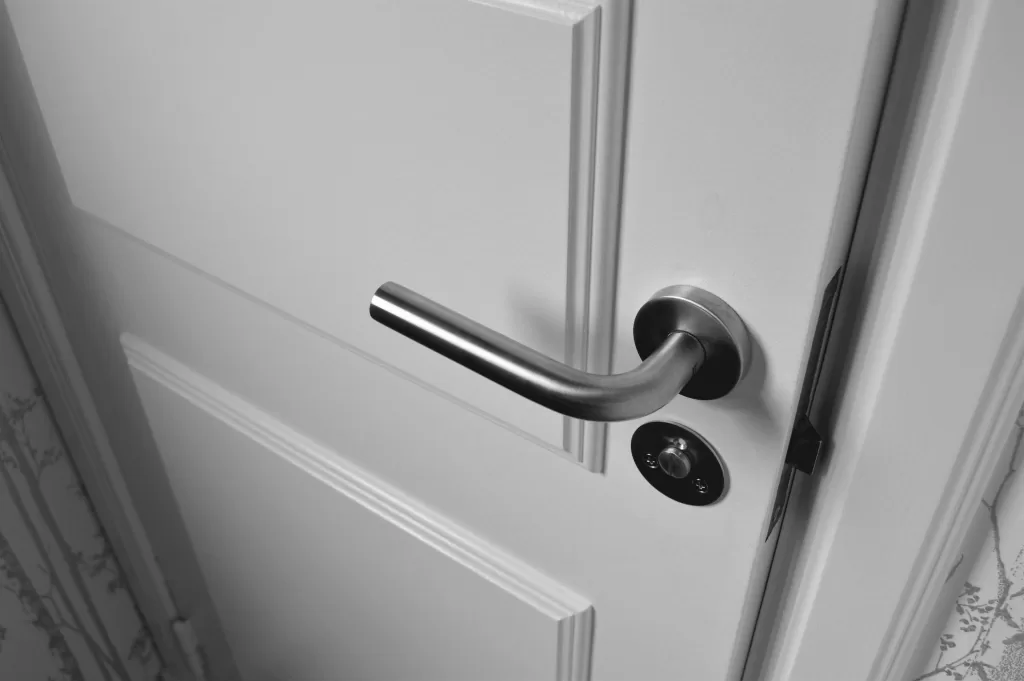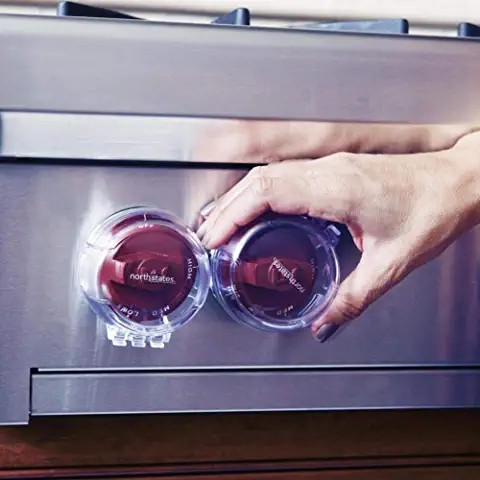20 simple and easy tips to baby proof your home
Keeping their children safe and sound is every parent’s primary goal. Baby-proofing your home is one of the most crucial things you can do to keep your child safe.
What is baby-proofing?
Baby-proofing is detecting and removing home dangers that could hurt your child. You may help avoid mishaps and protect your child from harm by trying to baby-proof your home.
But why is baby-proofing so important?
Children have a natural curiosity and can do all kinds of mischief. They might play with, touch, or taste potentially harmful objects, resulting in mishaps, including falls, burns, poisonings, and other incidents. You can avoid these mishaps and keep your child safe by baby-proofing your home.
In this post, we’ll explore the importance of baby-proofing your home and provide tips on how to get started. Implementing these suggestions may ensure your child’s safety and offer you peace of mind. Start baby-proofing your house immediately to safeguard your child’s security and give yourself peace of mind.
1. Cover outlets:

Electrical outlets are a potential hazard for curious little hands. Children can easily insert objects into outlets, which can cause electrocution or a fire. Installing plastic covers on electrical outlets is an easy and effective way to prevent this from happening.
2. Lock cabinets and drawers:

Keep dangerous items out of reach by locking cabinets and drawers that contain items such as cleaning supplies, medications, and sharp objects. Installing locks on your drawers and cabinets is one of the easiest ways to ensure that your children do not access these items and use them to harm themselves.
3. Install gates:

Use gates to block off areas of the home where children can harm themselves, such as stairs and the kitchen. Gates can also help keep your children in the same room you are in so they don’t slip out unsupervised.
4. Secure heavy furniture:

Anchor heavy furniture, such as bookshelves and dressers, to the wall to prevent them from tipping over. Kids easily pull these objects, which could lead to them toppling over and causing injuries. A wall anchor will aid in preventing this from happening.
5. Use corner and edge bumpers:

Corner and edge bumpers shield your child from the furniture’s sharp corners and edges. Using bumpers is a crucial step in ensuring the safety of children because they can easily hit their heads or get cut by sharp edges.
6. Keep wires out of your child’s reach

To avoid your child from pulling on cords and perhaps injuring themselves, keep wires of devices and appliances out of your child’s reach. Children can easily pull on cables, which may result in the malfunction or fall of electrical appliances and devices, or even an electric shock if some of the wire is exposed.
7. Install smoke and carbon monoxide detectors:

Protect your children from fire and carbon monoxide by putting smoke and carbon monoxide detectors all over your home. By warning you of potential threats, these detectors allow you to leave the area and find safety.
8. Use window guards:

Prevent falls from windows by installing window guards on windows that are above the ground floor. Window guards are essential to keeping kids safe because they can easily fall out of windows.
9. Install safety latches

Use safety latches and locks to keep your baby out of potentially hazardous parts of the house, such as the bathroom and laundry room. These places can include dangerous materials, like detergents which are often enticing to toddlers because of their colors (Remember Tide Pods?), and they might try to eat or drink them.
10. Keep medications and chemicals away from children

To avoid accidental ingestion, keep medications and chemicals away from children and adequately identify them. These things can be harmful if accidentally consumed by children who may mistake them for anything else.
11. Safely store away small objects and toys

Keep small objects out of your child’s reach by placing them in high cabinets or drawers, on a high shelf, or in a container with a cover your baby cannot open. This will stop your baby from ingesting small objects. Make sure to routinely search for and get rid of small items such as pennies, buttons, and tiny toys that might be within your toddler’s reach. Children commonly put these items in their mouths and mistakenly ingest them, which can be disastrous.
12. Install door Knob Covers:

Utilize door knob covers to prevent your baby from entering spaces they shouldn’t be in. Using door knob covers and gates will ensure your baby is always in a safe section of the house.
13. Keep sharp objects away from children

To avoid unintentional cuts and accidents, keep sharp objects, such as scissors and knives, away from children. These items should always be out of the reach of children, and a High Shelf or Cabinet will be your best friend.
14. Install Stove Knob Covers:

Toddlers can sometimes accidentally turn on the stove by “playing” with the knobs. This can be detrimental. An easy way to prevent this is utilizing stove knob covers to prevent your child from accidentally turning on the stove and starting a fire, which may burn them or their surroundings.
15. Keep plastic bags out of reach

To protect your child from accidentally suffocating, keep plastic bags out of reach. Children can easily place Plastic bags over their heads, especially bags with colorful patterns printed on them. Like small objects, you can store these in a locked drawer or a lid-covered container on a high shelf or cabinet.
16. Install doorstops

To keep your child’s fingers from accidentally closing a door, use doorstops to prop the doors open. Doorstops are small devices that can fit on the bottom of a door to prevent it from shutting completely. Doorstops can keep your child safe by stopping them from accidentally closing their fingers on a door. The best part is that they are easily available on Amazon.
17. Use wire covers/Concealers:

As I have mentioned before, wires can be a hazard for small children, who may try to pull on them and cause the appliance or electronics to fall or malfunction. To avoid this, use cord covers to hide the wires and make them less appealing to your baby. Cord covers are devices that fit over the wire. They are made from durable plastic that can endure straining and pulling. Installing wire cover is an easy way of keeping your child safe as it prevents them from yanking on cords and potentially injuring themselves.
18. Install window safety locks

To keep your baby from mistakenly opening a window and potentially falling out, use window safety locks. Safety locks are simple devices that can fit on windows to prevent them from being opened more than a few inches. This can keep your child safe by preventing them from opening a window and mistakenly falling or jumping out.
19. Make the floor and furniture less slippery:

Make the floor less slippery to avoid slips and falls by placing non-slip pads or rugs on the floor, mainly where your baby is likely to walk or play. Consider putting a non-slip coating on the floor, such as silicone-based polish, to improve traction and reduce the chance of falls.
20. Install a baby monitor

Use a baby monitor to watch your child while sleeping or in another room. Baby monitors can be audio monitors that allow you to hear your child or video monitors that enable you to view your child, allowing you to monitor your baby and ensure their safety while they sleep or play.
Following these tips can help create a safe and secure atmosphere for your child in your house. However, baby-proofing can be difficult, and hiring an expert might be helpful. This is where Local Handyman LLC can help. I can assist you in identifying potential hazards and providing expert advice on making your home safe for your child. Furthermore, I bring all my tools, so you don’t need to purchase specialized equipment to baby-proof your house. Contact us today to learn more about how we can assist you in baby-proofing your home and provide you with peace of mind.


